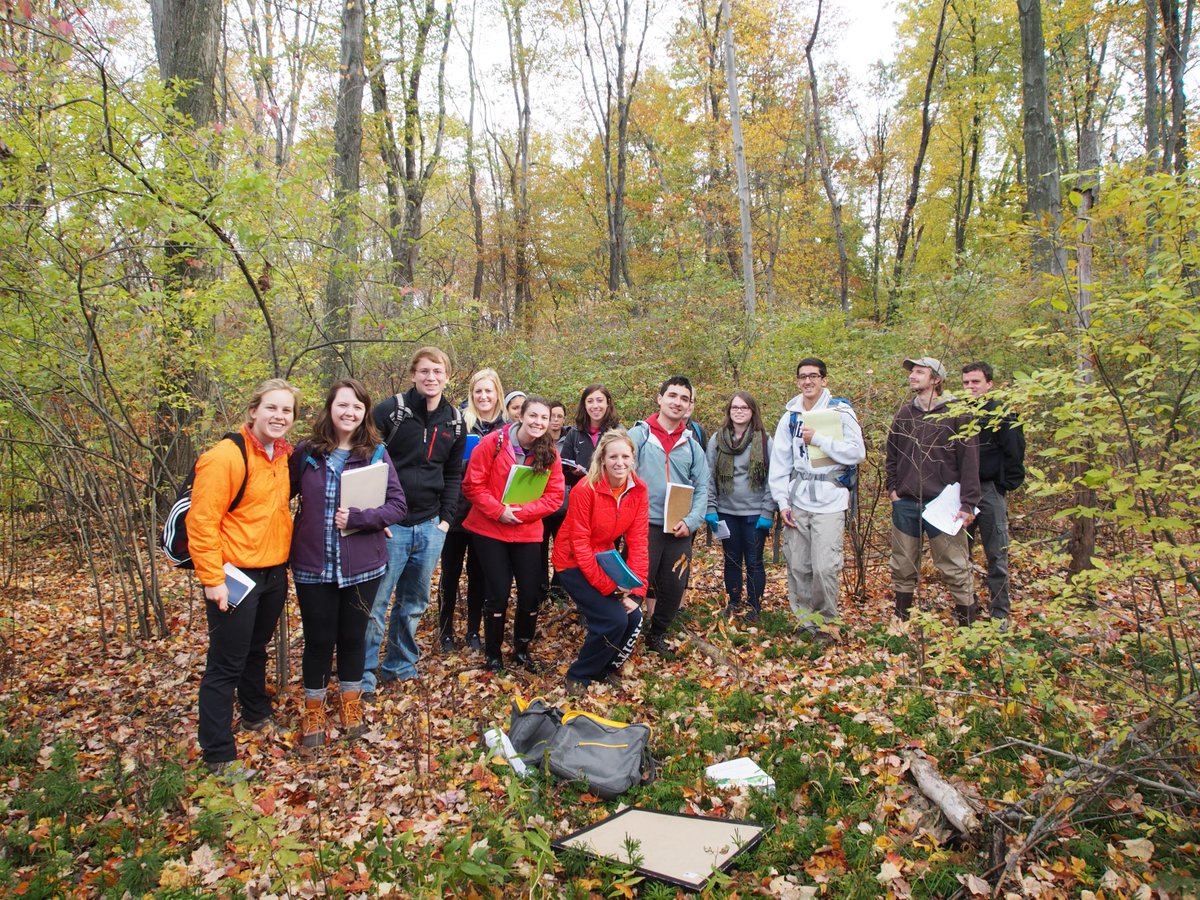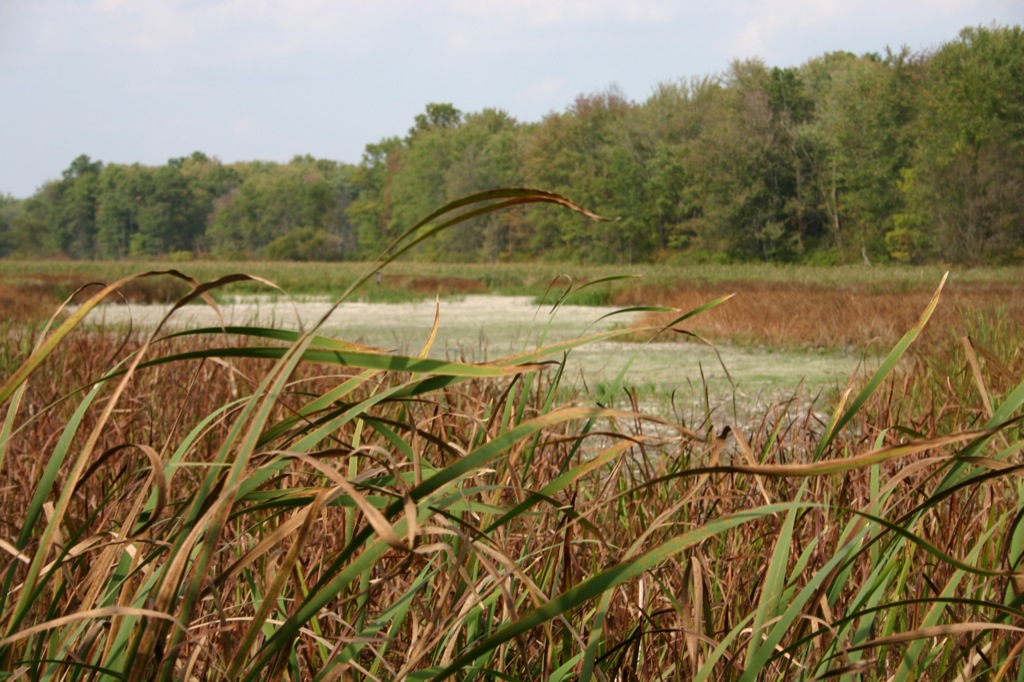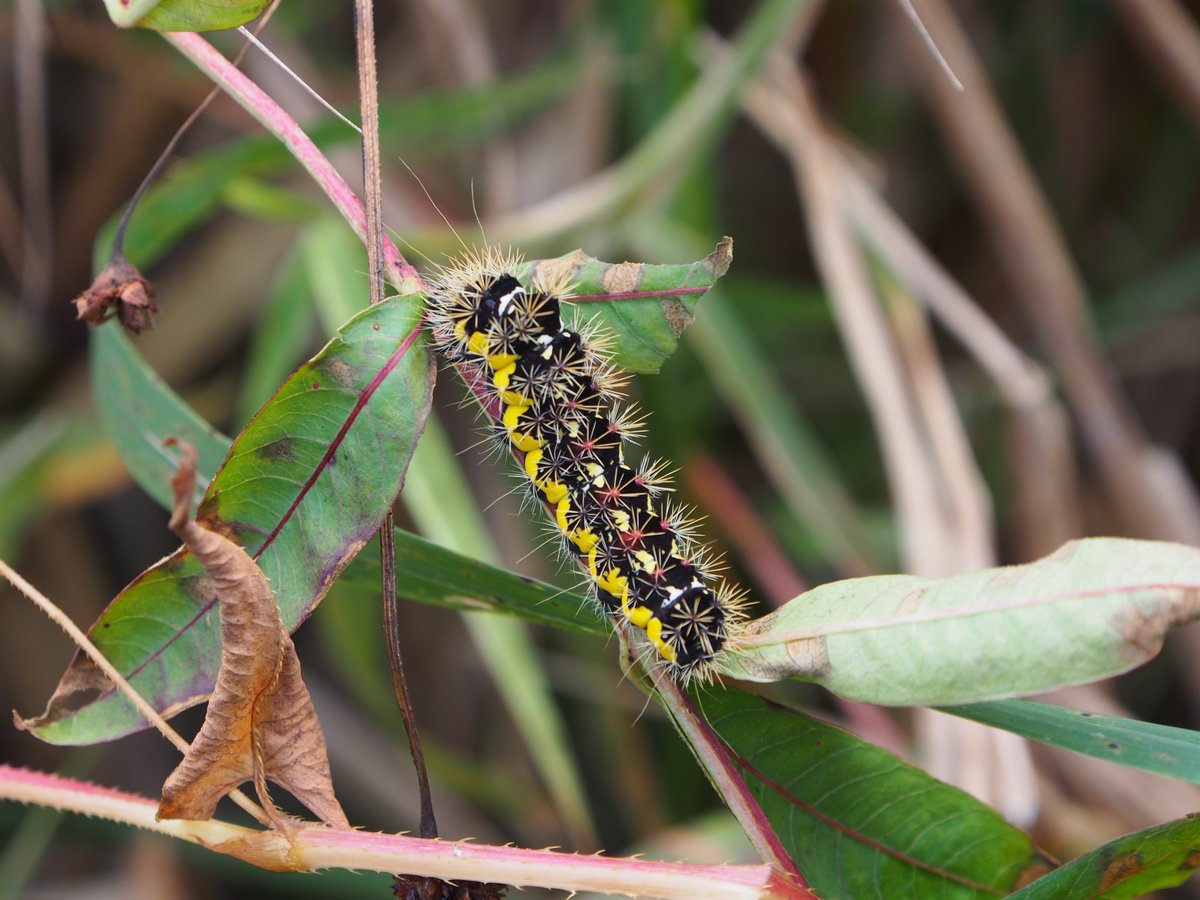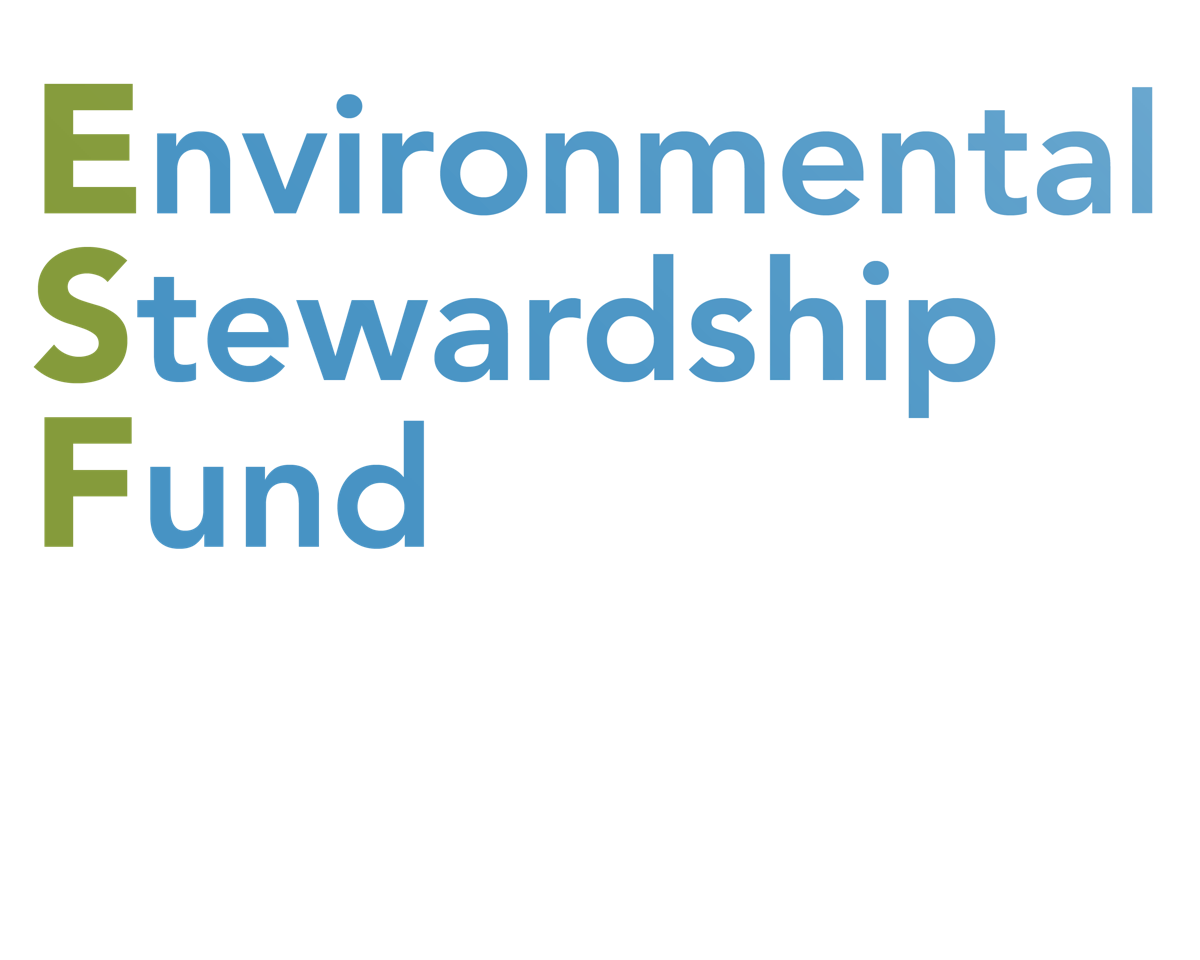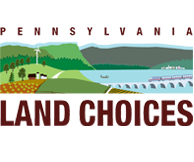Montandon Marsh
Location: Northumberland County
Organization: Merill W. Linn Land & Waterways Conservancy
In the 1970s, when Tony Markunas bought a piece of Montandon Marsh, he didn’t see the wetland. He didn’t even know what a wetland really was.
“I didn’t know how interesting and valuable wetlands are,” he said.
His eye was on the high-quality sand and gravel embedded in the Northumberland County parcel—just another acquisition for his family’s business, Central Builders Supply Company, operating out of Sunbury since his father bought the firm in 1932. Markunas, president and chairman of the board of the quarrying company, may not have understood what he had, but the volunteers with the Merrill W. Linn Land & Waterways Conservancy did.
It didn’t take long for them to catch up with him.
They found him willing to listen, and the relationship began. “They were so excited about it, and it rubs off,” Markunas explained. “You get exposed to life that you didn’t know about, and you find out that this is such a diverse sanctuary. It is,” he said emphatically, “an asset to the area.” Markunas still intends to remove the sand and gravel from the parcel, and the process is expected to last as long as three decades. But he also intends to restore and conserve the land, actions that he downplays as just what a local business ought to do.
Already, Central Builders Supply has conserved 77 acres of its holdings with a conservation easement, an agreement with the Merrill W. Linn Land & Waterways Conservancy to permanently protect the natural values of the land while keeping the land in the company’s ownership and control.
The company is also involving the conservancy in its planning for the areas it continues to mine. The company’s intention is to devise a strategy for these areas that results in the best possible conservation after mining is completed.
“We can see the potential for artificial wet sites, and depending on how it’s done and how they backfill, this could be an area of wetlands of considerable size,” said Professor Allen Schweinsberg, a former director of the Conservancy and a keen birder who knows Montandon Marsh intimately.
The Marsh Wren
Schweinsberg is particularly sensitive to what can happen in the future, because he’s watched the rise and fall of bird species in the area for decades.
“I’ve been in Lewisburg 35 years. When I first arrived, the marsh wren was an annual nesting bird. It was here until 1983, then it was gone,” he said.
Two decades went by without wren-song. “In July this year, I found a singing male,” Schweinsberg, a professor of mathematics at Bucknell University, said. “I was walking toward the marsh, and said, ‘It can’t be.” Then I finally saw him. Perched on a stalk of cattail, he was looking at me from 15 feet away. Whether or not this is a nesting pair, I won’t know until next year.”
The Montandon wetlands complex encompasses 500 acres along the west branch of the Susquehanna River. Its wetlands — sand dunes interspersed with swamps and marshes — are surrounded by farm fields, gravel quarries, highways, houses and uplands. Its isolation from similar habitat means that once the wren or any other species is gone, it is likely to stay gone.
“This island of wetlands can only sustain a small population, and if something’s lost, it will be hard to repopulate. There is nothing quite like it in 50 miles in any direction,” said Schweinsberg. “There are much bigger marshes in Pennsylvania, but when we lose a marsh wren here, how will it repopulate?”
He notes that the common moorhen is gone from the wetland and hasn’t come back.
Conserving Montandon
“Montandon wetlands has been known to the science community at Bucknell University in Lewisburg for decades,” said Jeannette Lasansky, who volunteers with the Linn Conservancy and served as its first president. The attention on Montandon helped form the conservancy. “It was one of our first missions, and it is a prime proactive area for us,” she said of the land trust. “We recognize its importance from a geological point of view.”
The first land purchase by the Linn Conservancy was in 1997. Using local donations and a state Keystone Fund grant the conservancy took possession of 33 acres of upland sand dunes, mature oaks and wetland plants, and took responsibility to protect it as a nature reserve. Following this was the conservation of an additional 77 acres through a conservation easement.
While this is a good start, the conservancy recognizes that the challenge to protect Montandon remains large.
According to Northumberland County’s Natural Heritage Inventory, 29 individuals own the northern section of the marsh, and three principal landowners own the southern section. “Our plan is to start with voluntary stewardship, and where it’s appropriate, work with the landowner to reach a conservation easement agreement or conservancy ownership,” Lasansky said.
Education and Stewardship
While it is tempting to stay wholly absorbed by the biodiversity and science, the conservancy leaders recognize that the group’s critical roles are an assortment — to negotiate land conservation acquisitions, to rouse unconvinced decision-makers, to educate the wetland’s neighbors, and to police the land.
Take the case of the trespasser who cut down enormous oak trees on a small portion of the conservancy’s property: “We acted aggressively to protect against what shouldn’t have happened and we settled the timber theft out of court,” Lasansky said. “So the money is in an account to support work in Montandon, but those trees are gone.”
Unfortunately, tree theft is but one challenge. Montandon also attracts trash-dumpers; all-terrain vehicle riders, who trespass and tear up the land; and those who see conservation as nothing more than a cause taken up by people who don’t understand progress.
This makes teaching the value of the wetlands to the neighbors a high priority for the conservancy. For example, the conservancy hosted a hot-dog roast that included small-group walks into the wetlands. Lasansky considers such outreach to be critical to ending abuse and restoring the wetlands.
The outreach is starting to work. Never before had the small community of Montandon embraced its natural open space as an ecological treasure. But in 2004, “Montandon Community Days took on the marsh story as its own. The post office in Montandon provided a special cancellation stamp for that day, and it was the wetland,” Lasansky said.
During the celebration, the conservancy invited the community to a screening of its video, Montandon Wetlands: A Special Place in our Backyard, which stars students in the Milton School District and — of course — the wetlands.
What’s at Montandon?
Bucknell University’s Geology Department notes:
Montandon Marsh is one of the few remaining diverse riparian wetlands ecosystems in central Pennsylvania, along the west branch of the Susquehanna River. Its environmental significance has been hailed by local and regional conservancy groups because of its role as a refuge for migratory waterfowl, as a permanent home for many wetlands birds, and as home to the rare spade-foot toad. Marsh plant communities are diverse; containing sundew, sphagnum, and cranberry characteristic of Pocono bogs, while it is also home to bulrush and sedge communities normally found on the Atlantic coastal plain.
Schweinsberg adds to the list Virginia rail and sora as nesting species; visits by American bitterns and least bitterns; and in the adjacent wet woods, woodcock, Cooper’s hawk and swamp sparrow.
